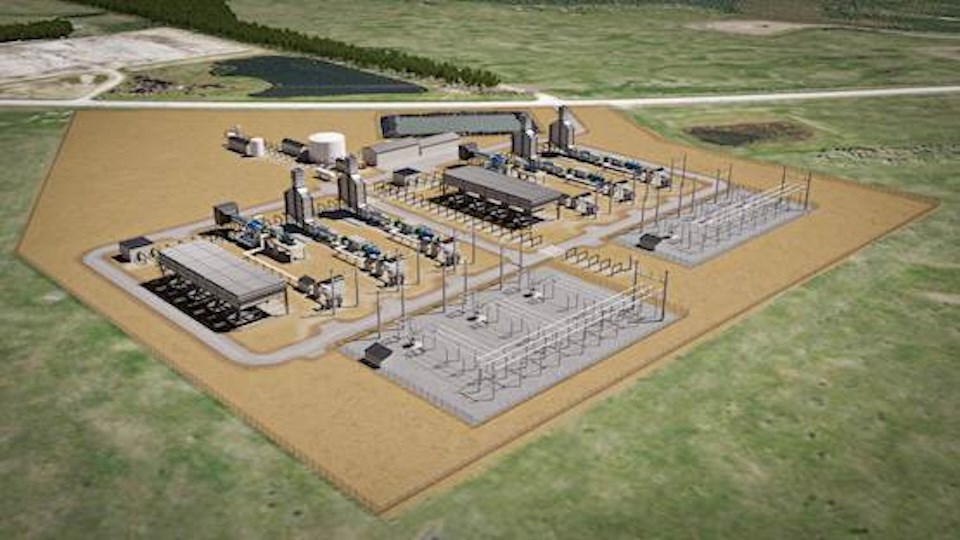LA COREY - An impact assessment is not required for the Marguerite Lake Compressed Air Energy Storage Project according to a decision released by the Impact Assessment Agency of Canada on Jan. 16.
According to the decision, potential adverse effects “would be limited or addressed through existing federal and provincial legislative and regulatory frameworks.”
The Marguerite Lake CAES Project will be located 16 kilometres north of La Corey, within the Wolf Lake Provincial Grazing Reserve. It is estimated to cost $500 million and add 320 megawatts to the Alberta energy grid.
The CAES system captures excess energy from renewables and stores it as compressed air in underground caverns, then heats and releases the air through turbines when there is higher demand on the energy grid.
Now that the IAAC approval is in place, the next step is the Alberta Energy Regulator. Jordan Costley, the Director of Sustainability Projects and a part owner of Federation Engineering said the AER process typically takes a few months, but once the approval is given, they need to begin work within 12 months.
“We're shooting to have all our financing in place and get to a final investment decision by the end of this year. There's an opportunity, potentially, to start some early work this coming spring and summer,” said Costley.
That early work would include things like fencing off the site for the facility and building a new approach off the highway.
According to Costley, Federation Engineering is working with Price-Waterhouse-Cooper to secure financing for the project.
Cold Lake First Nations signed a memorandum of understanding with Federation Engineering in Dec. 2023. As part of that MOU, CLFN has the option to become an investor in the project.
According to Heather Bishop, the Economic Development Officer for CLFN, they don’t have equity in the project yet “but by being involved in the planning, the raising of capital, looking at some of the different tools that are currently available to First Nations to facilitate Indigenous equity investment into transactions such as this one, that allows us to evaluate some of those mechanisms as well.”
Bishop said the CAES project very much fits with CLFN’s goals around clean energy development.
“But also diversifying our existing business portfolio as well as future investments that the nation is looking at.”
She said it’s exciting for the region to be able to host a facility like the Marguerite Lake CAES project.
“I think it's just very exciting on its own merit. There’s some very good project partners that are involved in it to ensure that the best available technology the world is going to be deployed,” said Bishop.

